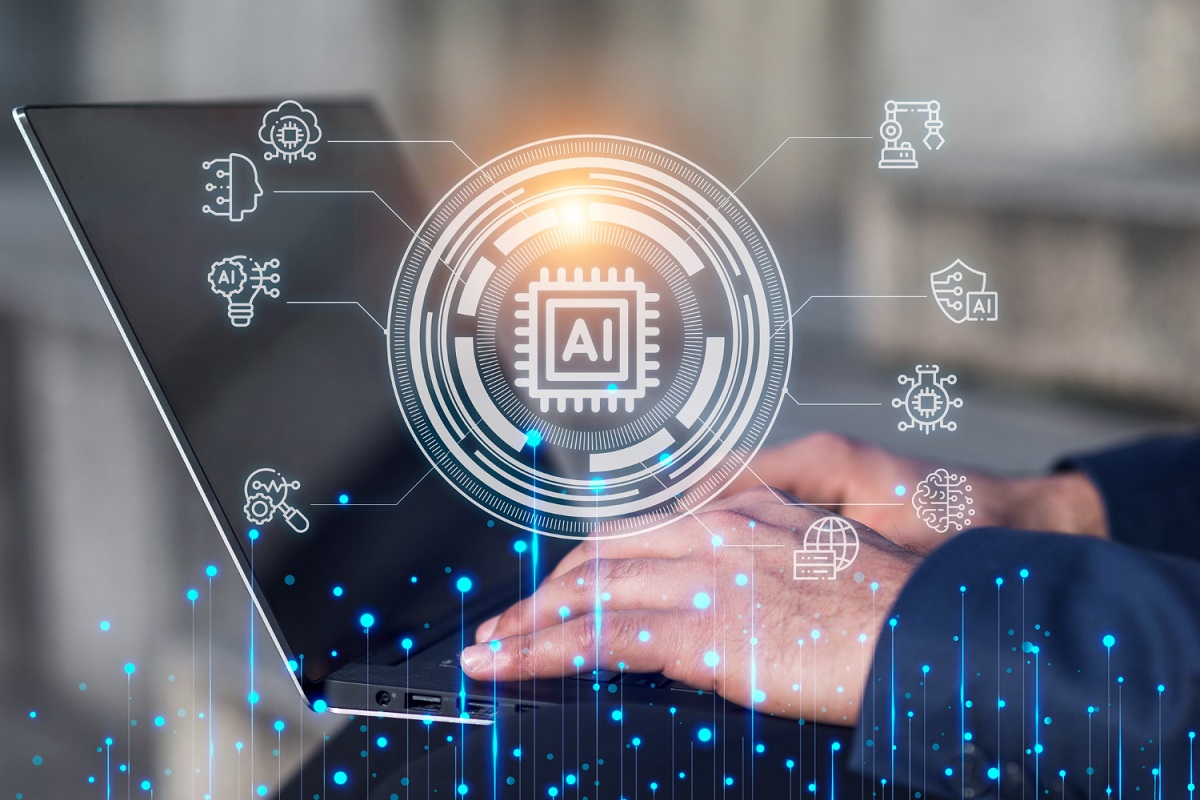Business
Key Strategies for Businesses to Foster AI Collaboration and Innovation

Just as generative AI continues to open opportunities for businesses in Africa to change customer experiences and increase revenue, the benefits for workforce strategies and employees can be significant.
Indeed, executive urgency to incorporate AI tools into business operations has increased seven times over the past six months, according to Slack research.
The AI-powered future of work isn’t just about efficiency, it’s about employee experience – and it promises to redefine everything from careers to culture. But to make this future a reality, AI has to work for workers. Businesses need to create a workplace where humans and AI agents work successfully side-by-side.
To help employees understand where they are on their AI journey – and leaders know how best to support them -Slack’s Workforce Lab identified five distinct AI personas in the workplace today.
The biggest group currently are ‘Maximalists’ (30%), who use AI multiple times a week to improve their work. Next are ‘Undergrounds’ (20%), those who use AI often, but are hesitant to share with their colleagues that they are doing so.
Whereas ‘The Rebels’ (19%) avoid using AI and consider it unfair when coworkers engage with these tools, Superfans (16%) are excited, but aren’t yet making the most use out of it at work. Observers (16%) have yet to integrate AI into their work. They are watching with interest and caution.
By not adopting AI now, companies and employees alike risk missing out on tangible benefits — from improving efficiencies, to overall performance and productivity, to wellbeing.
Empowering employees to leave repetitive tasks to bots, so they can focus on more meaningful work isn’t just good for employees, it’s also good for business.
At Salesforce, we prioritised four enterprise-wide solutions designed to help enhance goal-setting, automate daily tasks, find information faster, and streamline support — all while freeing up our employee success and IT teams to focus on more complex tasks.
Making AI work for workers requires leaders reimagining how they develop and train every part of their organisation. With perspectives and experiences of AI among desk workers varying so widely, a tailored approach to AI enablement is essential to setting every employee up for success.
Three key actions leaders can take to encourage AI adoption are: creating a culture of continuous learning, giving visibility to use cases of AI, and encouraging experimentation.
Clear permission, guidance and training are critical to fostering AI adoption. Only 15% of desk workers say they have the education and training necessary to use AI effectively. Those who are trained to use AI are up to 19x as likely to report that AI is improving their productivity.
Sharing how others are using and benefiting from AI tools, and troubleshooting AI use cases, will help clarify AI norms and encourage more employees to share their own AI learnings.
Thirdly, the benefits of creating a trusted environment where teams feel supported to try new technologies are clear. Desk workers who feel trusted by their employers are 94% more likely to have tried AI for work-related tasks.
This explains why at Dreamforce 2024, Salesforce announced plans to expand access to skilling opportunities with free AI training for anyone. The company will waive all fees for its paid instructor-led courses and credentialing through the end of 2025, totaling an anticipated $52 million investment.
To support these efforts, Salesforce will open new spaces at its San Francisco headquarters, including a pop-up AI Center for in-person community AI training courses, and dedicated floor for employees to skill up on AI tools and agents… Salesforce’s new offerings will help skill up the workforce to address this AI skills gap and set up workers for success now — and in the future.]
Across the company, Salesforce is helping upskill its 72,000 employees by introducing global quarterly AI learning days to give employees hands-on time with the latest AI innovations.
As we build a culture of experimentation and encourage people to find ways to improve work with AI, we also have to change how we measure impact.
Rather than measuring productivity through the lens of activity or input metrics—such as time spent on a task, focusing on defining clear outcomes—such as customer satisfaction or developing new product offerings—will encourage employees to shift from mere busywork to using their time to be creative and employing whatever tools they have to achieve those outcomes.
As AI innovation and workplaces continue to change fast, employers must evolve to help employees — and ultimately their customers — be successful. Ensuring employees collect different experiences, skills, networks, and expertise with AI will allow them to thrive in the AI-driven future.

You must be logged in to post a comment Login